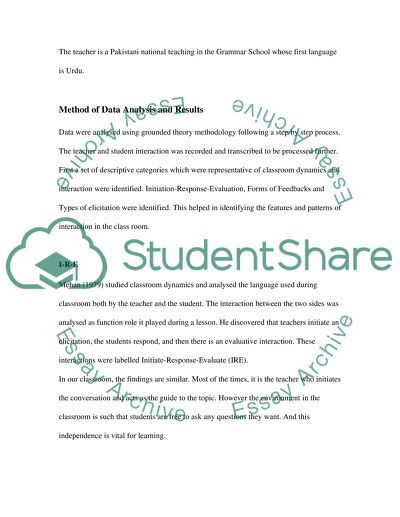Cite this document
(Teacher-Learner Interaction in Language Learning Assignment, n.d.)
Teacher-Learner Interaction in Language Learning Assignment. https://studentshare.org/education/1506322-language-use-and-language-learning
Teacher-Learner Interaction in Language Learning Assignment. https://studentshare.org/education/1506322-language-use-and-language-learning
(Teacher-Learner Interaction in Language Learning Assignment)
Teacher-Learner Interaction in Language Learning Assignment. https://studentshare.org/education/1506322-language-use-and-language-learning.
Teacher-Learner Interaction in Language Learning Assignment. https://studentshare.org/education/1506322-language-use-and-language-learning.
“Teacher-Learner Interaction in Language Learning Assignment”. https://studentshare.org/education/1506322-language-use-and-language-learning.


